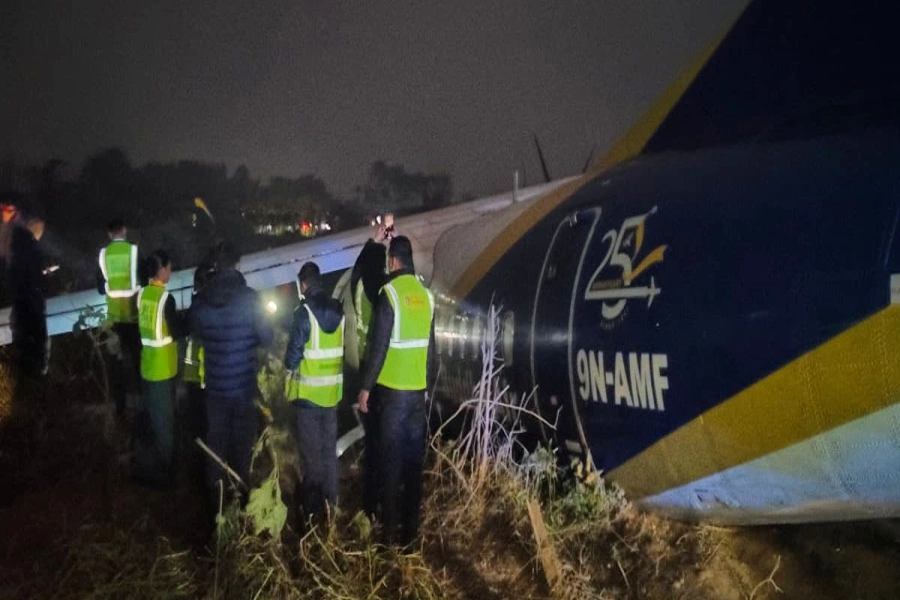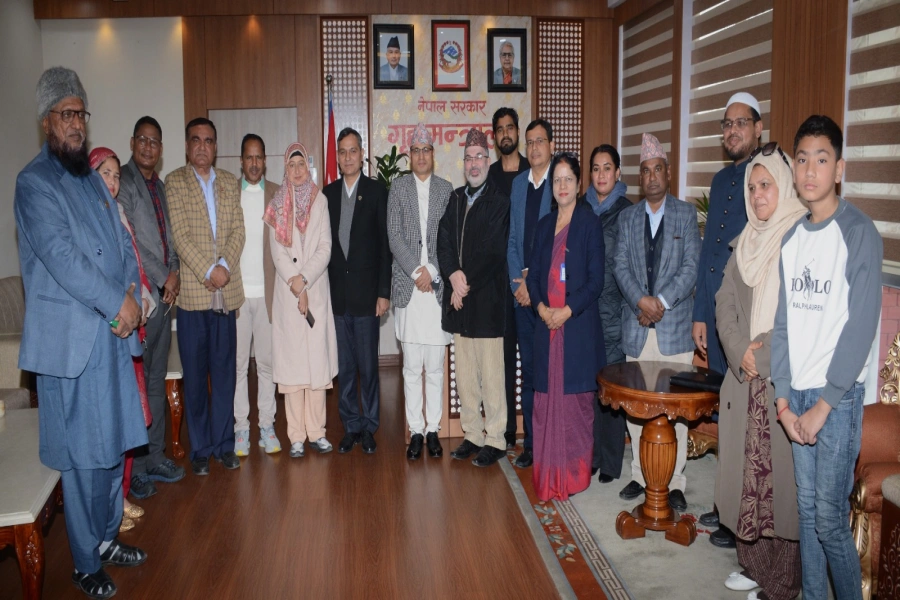Based on the experiences of the landlocked countries, for rapid transformations of the economy and national development of Nepal, hydropower and tourism are undoubtedly the two strong development pillars.
During 1980, the Government of Nepal at its own expense sent out 250 students to study engineering at the University of Roorkee in India for preparation of implementation of the 10800 MW Karnali Multipurpose Hydro Electricity Project at Chisapani in western Nepal.
At that time, it was big news that Nepal was going to be a prosperous nation in the South Asia region after the completion of this project. However, the engineers never worked for that project as the project was never initiated for implementation; many of them worked for other ministries instead of that project and they have also been retired. This is an example of how large development projects are being planned and how they fail to be implemented in Nepal.
In 1974, the Nepal government established seven companies specifically for exporting rice. By that time, for a decade, rice comprised 40 percent of Nepal’s total exports. However, after increasing population pressures, low productivity, difficulty to survive only through agriculture, traditional cultivation techniques backpedal the scenario and Nepal became a food-importing country from a food-exporting one. The backbone of the economy got completely deformed and broke with the government's inability to reform the agriculture sector.
During the 1980s, Nepali woolen carpet shops across the streets of Frankfurt and other European cities were subject of major attraction. Nepali garment export to the USA was competing with other major garment exporters of the world. And export of Nepali manufacturing products to India had also given good impetus. And, the share of the manufacturing sector to the GDP was around 12 percent. However, after a sharp decline in exports of carpet, garment and other items, currently the share of manufacturing has declined to below 6 percent of the GDP.
During the years 2018 and 2019, Nepal witnessed the arrival of around 1.2 million of international tourists and prospectus for development of this sector was high but after the Great Earthquake of 2015, Covid-19 pandemic and the government’s faulty policy to revive and speed up this sector, it declined both in numbers of tourist arrival and earning of foreign currencies. These are the examples of how Nepal's four development pillars crumbled down.
23 border pillars swept away by Saptakoshi yet to be restored

Nepal's long experiences have demonstrated that it can not compete with its neighbors, India and China in production and trade in goods and services at competitive prices, especially the agricultural and manufacturing items. The most competitive advantageous sectors and the most promising pillars of the Nepali economy - hydropower and tourism - are also suffering from low priority and apathy of the state toward them, which are performing far below their potential. In documentations of the state, these pillars have been mentioned with high importance; however, in reality the private sector has not been supported by the state as required and the government's budget expenditures in these sectors are also at minimal levels.
For landlocked countries like Nepal, economic development is a challenging task. Nepal has been landlocked by a single country and after crossing through one country either India or China, it has access to the sea. However, in Asia there is also a double landlocked country, which has to cross two countries to access the sea, and it is performing quite well. Uzbekistan is surrounded by five countries that also do not have access to the ocean. They include Turkestan, Kazakhstan, Tajikistan, Turkmenistan, and Afghanistan.
For poor and landlocked countries, where opportunities for free market are limited, a rapid development of the sectors with comparative advantages is considered to be an engine of growth and development. Nowadays, comparative advantage is very important for stabilizing overseas market demand and assuring exports.
It would be appropriate to cite the example of the landlocked countries of Bhutan, Rwanda and Laos, which have been successful in their national development by massive investment with highest priority in sectors of comparative advantage of their economies.
Bhutan’s hydropower exports to India have boosted its overall growth. Bhutan exports about 75.5% of electricity generated in the country to India. It supplies 1400 MW of hydropower to India.
Rwanda, a country in Africa, is considered one of the least corrupt and most stable countries in Africa. It ranks higher than countries such as Switzerland and Japan on the most recently published Ease of Doing Business report from the World Bank. Rwanda has experienced an explosive GDP growth, emulating patterns previously seen only in Asia’s tiger economies by implementing key reforms to facilitate ease of doing business and focusing its budget on providing high-quality infrastructure. Many analysts now call Rwanda “the Singapore of Africa.”
Laos currently exports an estimated two-thirds of its installed 7200 MW of hydropower. Revenues from power exports make a significant contribution to economic growth and poverty alleviation in the country. The government has ambitions to become the “Battery of Southeast Asia” by exploiting its impressive hydropower potential of 24000MW.
Based on experiences of these landlocked countries, for rapid transformations of the economy and national development of Nepal, hydropower and tourism are undoubtedly the two strong development pillars.
Hydropower is the comparatively most advantageous sector and it is the only commodity Nepal can sell to fulfill its dreams of earning hydro dollars. Moreover, it could boost import substitution and export promotions as well by supplying cheap and reliable energy to Nepal’s productive sectors.
The current speed of hydropower projects and its trade cannot be considered satisfactory. The government, neighboring countries and the private power producers are constructing numerous hydropower projects in Nepal but their implementation and real outputs are not encouraging.
The next is the tourism sector, which could grow Nepal's economy and development also at a considerable level. Nepal’s comparative advantage in nature-based tourism lies in its network of protected areas. And developing a high-value tourism offering, alongside infrastructure development can enhance development benefits.
Nepal’s tourism infrastructures are developed only in Kathmandu, Pokhara, Lumbini and Chitwan. There are hundreds of other tourist destinations in the country, which are comparatively least developed. For their development, the government must develop at least three destinations- one national park, one religious site and one site of tourist importance, in each province, equivalent to the Pokhara and Chitwan model, by developing minimum infrastructures for international tourists within a five-year planned period.
Moreover, for the development of these destinations, at least two or four lane roads, airports, cable cars, hotels, amenities and development of other required infrastructures could attract an additional a million international tourists a year within a five-year duration.
In this era of globalization and liberalization, landlockedness is not considered the only factor to remain undeveloped. Despite no access to sea, with convincing policy, many landlocked countries are performing well by prioritizing and investing enough in one or two sectors of comparative advantages.
Comparative advantage refers to the products that a country can produce more cheaply or easily than other countries. However, there are some economists who dispute the claims of the benefit of comparative advantage by stating "free trade has attained the status of a god" and none of the world's most successful trading regions, including Japan, Korea, Taiwan, and now mainland China, reached their current status by adopting neoliberal trading rules."
Therefore, hydropower and tourism sectors could change the fate of Nepal with the ability to produce electricity and touristic services for not only at a lower opportunity cost than other countries in the South Asia region but also have absolute advantages and ability to produce more of these goods and services than other countries in the region.






































